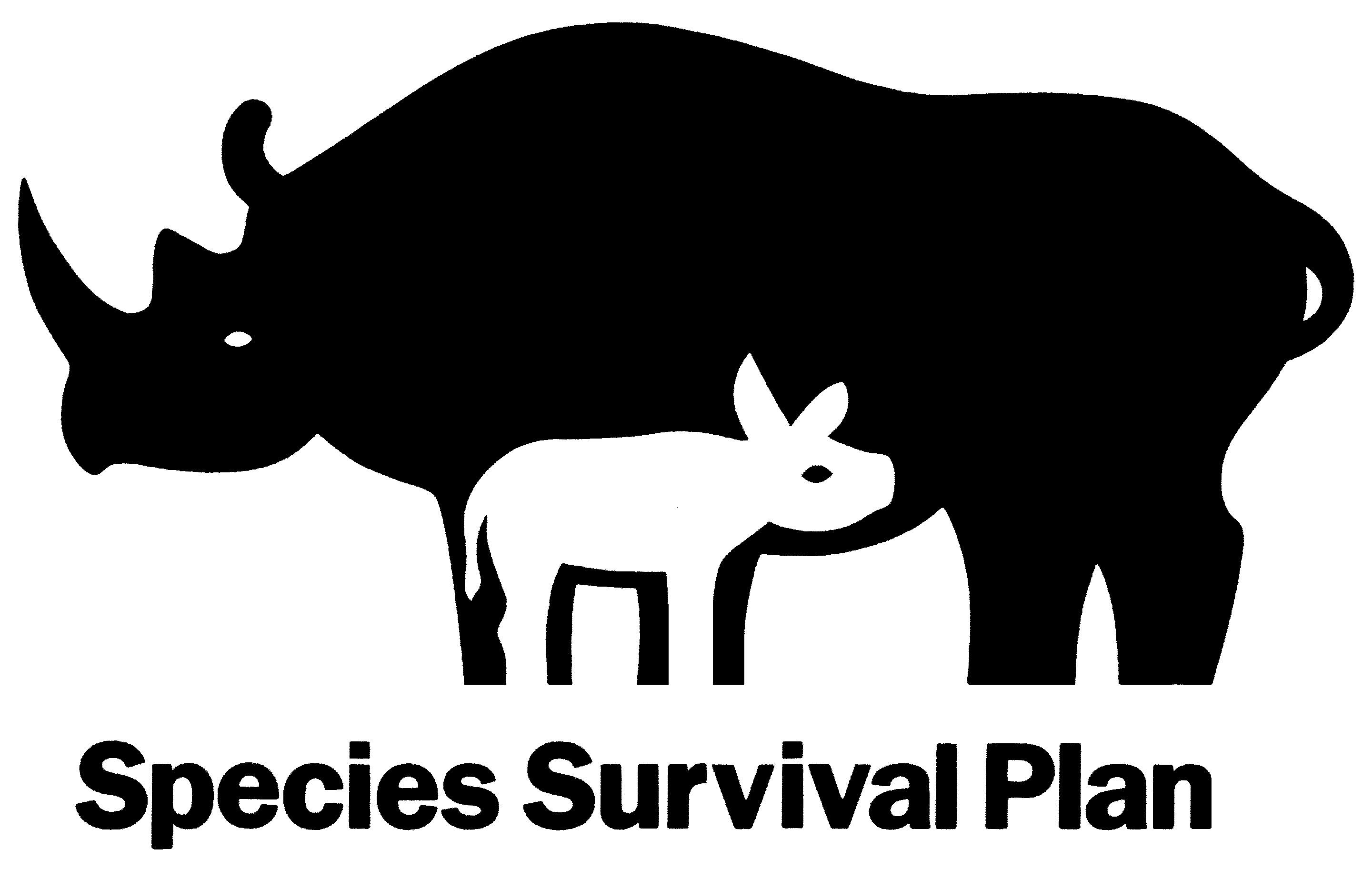Our Birds
- Birds & Habitats
- Our Birds
FUN FACT
The name Kookaburra comes from Wiradhuri, an Australian Aboriginal language.
You may not think you’ve heard the rollicking call of the Laughing Kookaburra, but you almost certainly have. The Kookaburra’s loud “laugh” — that echoing koo-koo-koo-koo-KA-KA-KA! in the background of every jungle movie ever made — actually comes from a squat, unassuming bird who would never be found anywhere near a jungle. In fact, the traditional home of the wild Laughing Kookaburra is the wide-open eucalyptus forests of Australia.
The Laughing Kookaburra is the largest member of the kingfisher family. But while many kingfishers are brightly colored and famed for their dramatic dives down into the water in search of fish, the brown-and-beige Laughing Kookaburra prefers dry woodlands and city parks, not to mention a more practical sit-and-wait style of hunting. Kookaburras will eat almost any kind of meat they can get hold of — insects, small mammals, hotdogs, snakes. Once caught up in the Kookaburra’s strong beak, prey is carried up into the trees and whacked repeated against a branch to kill it and soften the insides up for easy eating.
When they’re not stealing food from picnics or beating up snakes, Kookaburras use their distinctive call as a territorial marker. Everywhere you can hear their laughter belongs to them! Unfortunately, they like nothing better than to sound off first thing in the morning. This tendency to wake people up, whether they want to or not, has earned the Laughing Kookaburra the local nickname “The Bushman’s Alarm Clock.”
Habitat
Eucalypt forest and woodland; riparian corridor along major watercourses; woodlots and cleared farmland, city parks and suburban gardens
Diet
Small mammals, large insects, lizards -- and snakes! Kookaburras are famous for eating even venomous snakes that are longer than their own bodies.
Status
Least Concern
Breeding
Laughing Kookaburras breed during the summer months (which in Australia are October - November). They cooperate in the excavation of a hollow tree or arboreal termite mound where the female will lay her 2-4 eggs. Chicks hatch after about 27 days, and remain in the burrow for up to a month. When they are finally coaxed out of the nesting burrow, chicks are already able to fly and join in the raucous family chorus. Previous seasons' offspring will often stay within the family group, helping to raise the next year's brood.

The National Aviary is home to more than 500 birds representing 150 species; some of which live in behind-the-scenes habitats. To enhance our guests’ educational experience, and with regard to individual bird preferences, different species may spend time in various public-facing habitats.
In The News
National Aviary kicks off winter season with new talks, experiences during ‘Rainforest Retreat’ | WPXI
The National Aviary’s winter season is bringing a “Rainforest Retreat” feature for guests to enjoy. The Rainforest Retreat experience includes daily talks and new activities. Tropical, woodland and coastal birds will be featured.
Read More »Meet Wanda, a critically endangered Vietnam pheasant hatched at the National Aviary | CBS News
The National Aviary is introducing visitors to Wanda, a critically endangered Vietnam pheasant chick that hatched this spring.
Read More »Guam kingfishers hatched at National Aviary among first released into wild in nearly 40 years | CBS News
Three Guam kingfishers that hatched at the National Aviary have been released on an island in the Pacific, marking the first time their species has been in the wild in nearly 40 years.
Read More »Guam Sihek Released to the Wild | National Aviary
Nine Guam Kingfishers have been released to the wild on Palmyra Atoll, making them the first of their kind to reside in the wild since the 1980s.
Read More »Take an Enchanting Journey through Forests this fall at the National Aviary! | National Aviary
Explore the Aviary’s new fall seasonal theme, Forests Presented by Peoples; learn more about the creatures who inhabit these woodland areas during TWO new daily activities, and say “hello again!” to the adorable Eurasian Eagle-Owl making her Animal Ambassador debut!
Read More »